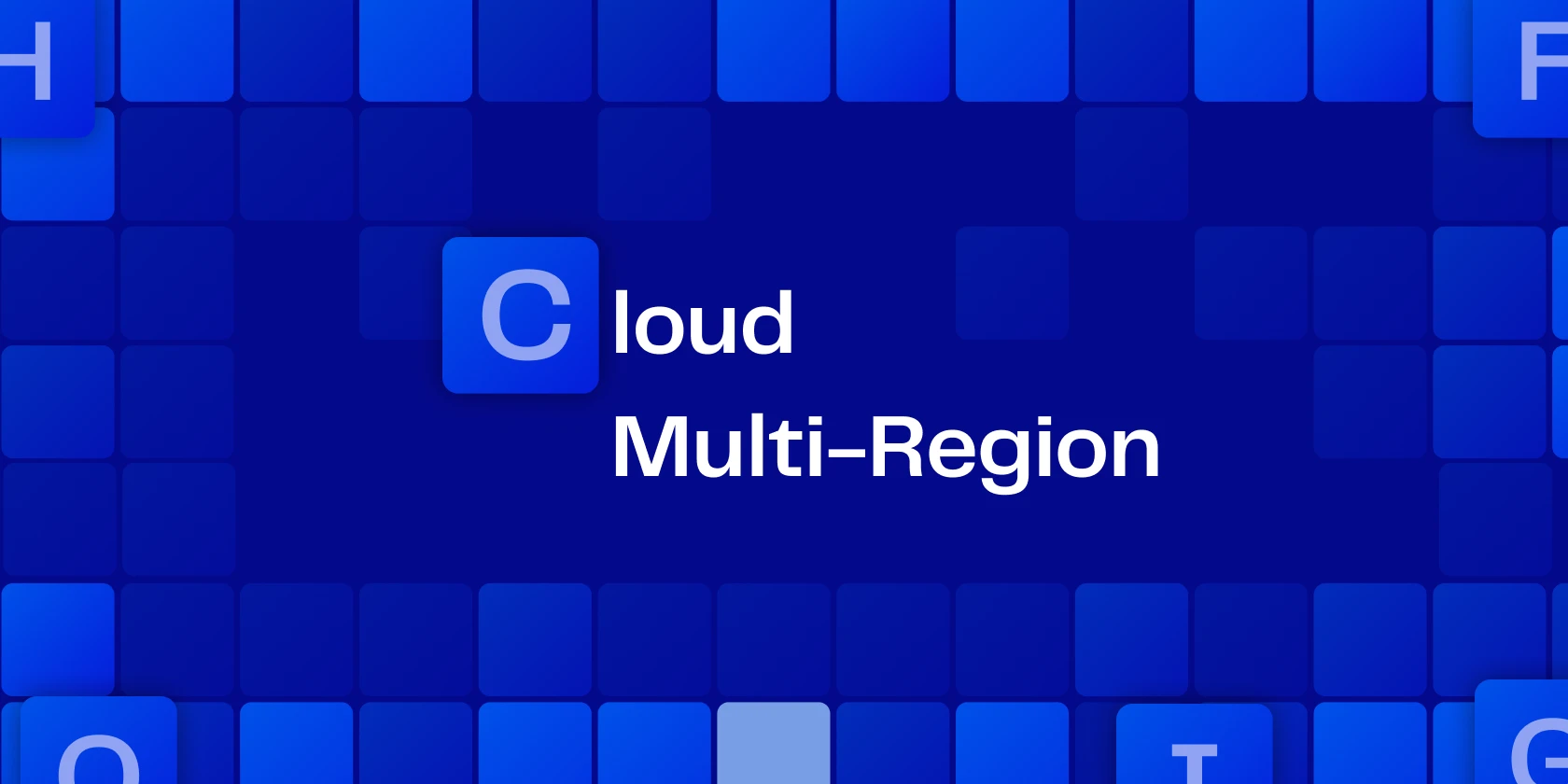
Cloud Multi-Region Explained
Cloud Multi-Region refers to deploying cloud resources across multiple geographic regions to enhance performance, availability, and disaster recovery.
By distributing services and data among various regions – such as Europe, North America, or Asia – organizations reduce latency for users. They comply with local data regulations and ensure continuity in case one region goes offline.
Multi-region strategies often support global applications, load balancing, and backups.
For example, storing data in both the UK and Germany enables quicker access for users in those areas. It also meets specific compliance requirements and helps mitigate risks from natural disasters. Outages or cyber incidents are also considered.
In Context to IaC
In an Infrastructure as Code (IaC) context, multi-region architectures are defined and managed through automated templates. This ensures consistent configurations, security policies, and compliance controls across all locations. This approach minimizes human error. It also simplifies scaling, versioning, and replication of environments worldwide.
Managing a multi-region architecture requires robust monitoring, synchronization, and cost management. Cloud providers like AWS, Azure, and Google Cloud offer tools to orchestrate services across regions efficiently.
How IaC Enables Cloud Multi-Region Consistency
Infrastructure as Code (IaC) plays a key role in ensuring consistency across multi-region deployments. With IaC, infrastructure is defined using version-controlled templates or modules. These include tools such as Terraform or OpenTofu. This allows teams to replicate the same configurations, policies, and permissions across regions automatically.
This approach eliminates manual setup errors and enforces compliance standards. It ensures that every environment, whether deployed in Europe, North America, or Asia-Pacific, follows the same infrastructure blueprint.
IaC also simplifies Global Operation
IaC also simplifies updates and rollbacks. Changes to infrastructure can be reviewed, tested, and applied uniformly across multiple regions through automation pipelines.
By integrating IaC into a multi-region strategy, organizations achieve repeatable, auditable, and scalable infrastructure provisioning. This reduces drift, improves governance, and strengthens operational resilience.

A 30-min meeting will save your team 1000s of hours
A 30-min meeting will save your team 1000s of hours
Book Intro Call
Sounds Interesting?
Request a Demo
